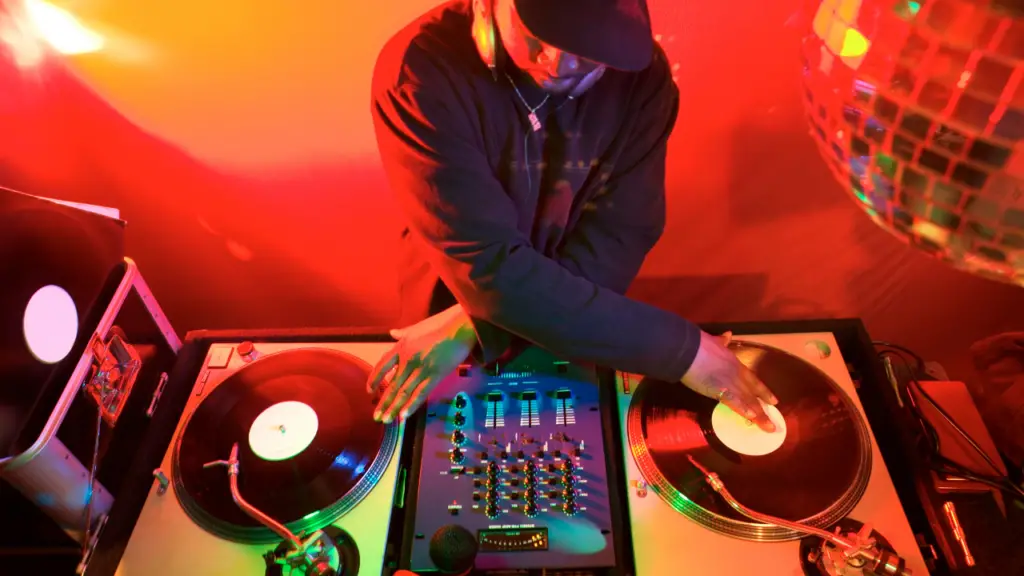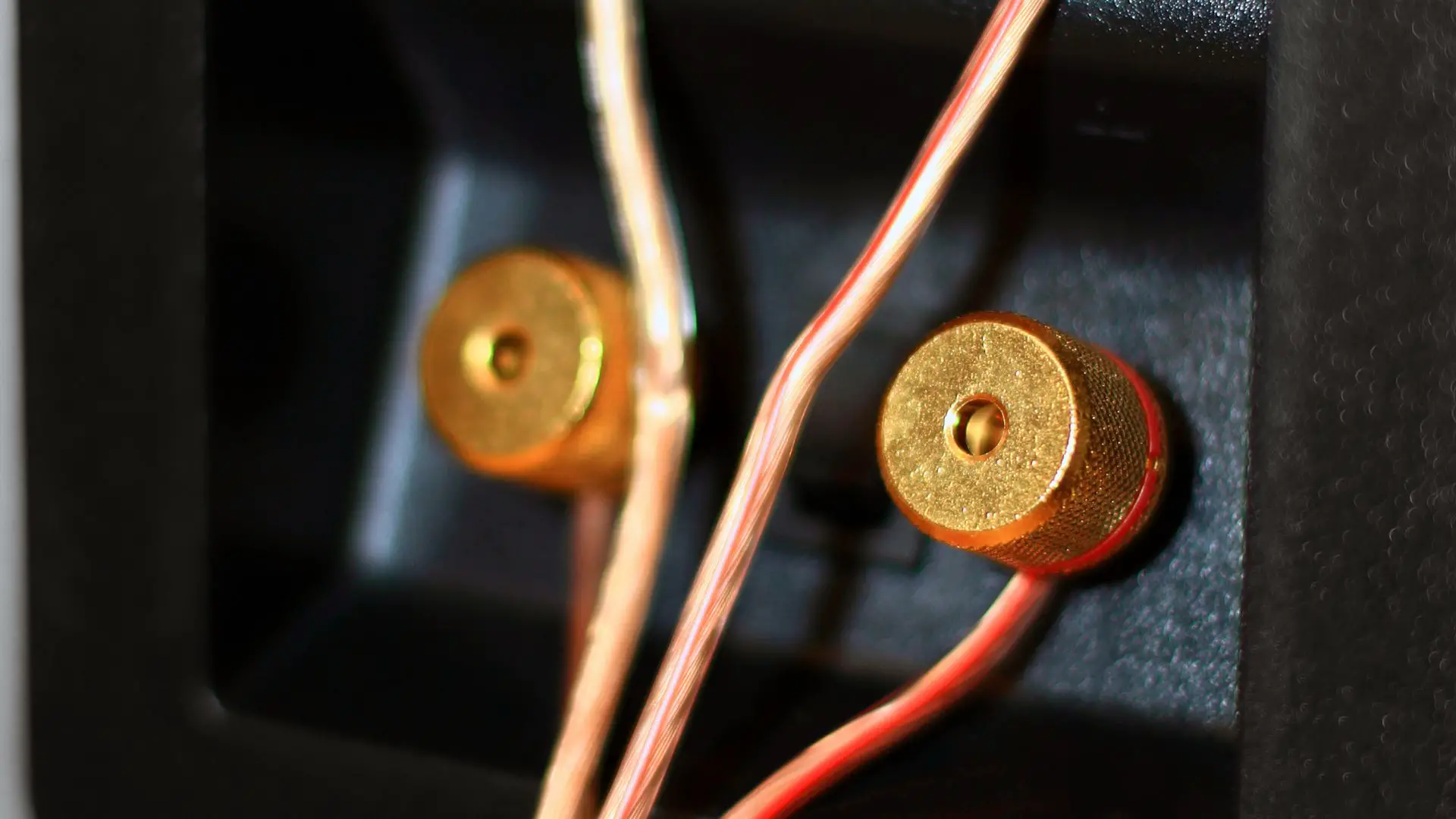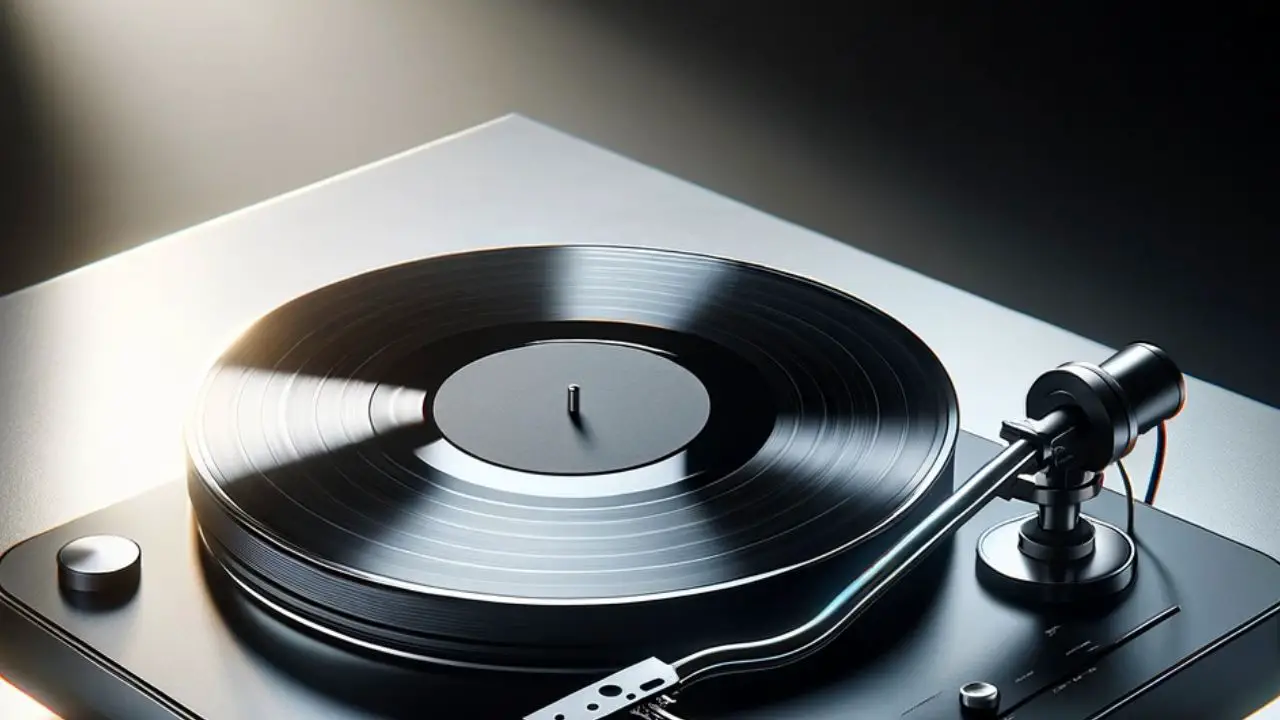Vinyl records have played a significant role in DJ culture since the early days of hip-hop. Despite the rise of digital music and the convenience of streaming services, many DJs continue to use vinyl records in their performances. This article will explore the influence of vinyl in DJ culture and the role that records play in mixing and scratching.
Vinyl records offer a unique sound quality that cannot be replicated by digital music. The warmth and depth of sound produced by vinyl records are highly sought after by many DJs. In addition to the sound quality, the physicality of vinyl records adds another layer of complexity to the art of DJing. DJs must carefully handle and manipulate the records to produce the desired sound, adding an element of skill and showmanship to their performances.
Scratching, a technique that involves moving a vinyl record back and forth on a turntable to produce percussive or rhythmic sounds, is one of the most iconic elements of DJ culture. While scratching is most commonly associated with hip-hop music, it has been used in a variety of genres and has become a staple of modern DJ performances. Vinyl records provide the perfect medium for scratching, as the physical grooves on the record allow for precise control over the sound produced.
The Evolution of DJ Culture
DJ culture has come a long way since its inception in the 1970s. The use of vinyl records has been an integral part of DJing since the beginning, and it has played a significant role in shaping the art form. In this section, we will explore the evolution of DJ culture and the influence of vinyl records on this art form.
The Rise of Vinyl Records
In the early days of DJing, vinyl records were the primary source of music for live performances. DJs like Grandmaster Flash and Kool Herc used vinyl records to create new sounds and beats, which became the foundation of hip-hop music. The rise of vinyl records allowed DJs to create their unique sound by mixing and scratching different records. The vinyl records provided an authentic and raw sound that could not be replicated by digital music.
Transition from Traditional to Modern DJing
With the advent of digital music, the art of DJing has undergone significant changes. The use of vinyl records has become less common, and digital music has become the primary source of music for DJs. However, vinyl records have not disappeared entirely from DJ culture. Many DJs still use vinyl records to create a unique sound that cannot be replicated by digital music.
The transition from traditional to modern DJing has also brought about changes in the equipment used by DJs. Traditional DJing equipment included turntables, mixers, and vinyl records. Modern DJing equipment includes digital controllers, laptops, and software. The use of digital equipment has made it easier for DJs to create new sounds and beats, but it has also changed the way DJs interact with their audience.
Evolution of DJ culture has been shaped by the influence of vinyl records. Vinyl records have played a significant role in the rise of DJing and have allowed DJs to create their unique sound. While the art of DJing has undergone significant changes over the years, vinyl records continue to be an essential part of DJ culture.
The Role of Vinyl Records in DJ Culture
Vinyl records have played a crucial role in the evolution of DJ culture. Vinyl offers a unique and warm sound that adds character to tracks. It is a medium that has been used by DJs for decades, and its influence can still be felt today. In this section, we will explore the role of vinyl records in DJ culture, including their use as a medium for mixing and their unique technique of scratching.
Vinyl as a Medium for Mixing
Vinyl records have been used by DJs as a medium for mixing since the early days of DJ culture. Mixing is the art of seamlessly blending two or more tracks together to create a continuous flow of music. Vinyl records are particularly well suited for mixing because they offer a tactile and intuitive interface for DJs to manipulate the music. DJs can easily find the beginning of a track, cue it up, and then mix it in with another track.
One of the advantages of using vinyl records for mixing is that they offer a unique sound that cannot be replicated by digital formats. Vinyl records have a warmth and depth that is often lost in digital formats. This is because vinyl records are an analog format that captures the sound waves directly, whereas digital formats convert the sound waves into a series of numbers.
Scratching: A Unique Vinyl Technique
Scratching is a unique technique that was exclusive to vinyl records. It involves manipulating the vinyl record back and forth while it is playing to create rhythmic patterns and sounds. Scratching was first invented by Grand Wizzard Theodore in the early 1970s, and it quickly became a staple of hip-hop and DJ culture.
Scratching is a difficult technique to master, and it requires a great deal of skill and practice. DJs use a variety of techniques to create different scratching sounds, including the baby scratch, the transformer scratch, and the crab scratch. Scratching has become an integral part of DJ culture, and it is still used by DJs today to add a unique and dynamic element to their performances.
Vinyl records have played a significant role in the evolution of DJ culture. They offer a unique and warm sound that cannot be replicated by digital formats, and they provide a tactile and intuitive interface for DJs to manipulate the music.
The Impact of Vinyl on DJ Techniques
Vinyl records have played a significant role in the development of DJ culture. DJs have been using vinyl records for decades to create unique and memorable performances. Vinyl records offer a tactile and hands-on approach to mixing, which allows DJs to manipulate sound in ways that digital media cannot. In this section, we will explore the impact of vinyl on DJ techniques.
The Art of Beatmatching
One of the fundamental skills in DJing is beatmatching. Beatmatching is the process of synchronizing the beats of two tracks so that they play in perfect time with each other. DJs use vinyl records to beatmatch tracks seamlessly. Vinyl records offer a more tactile and hands-on approach to beatmatching. DJs can use the pitch control on the turntable to adjust the speed of the record and match the beats of two tracks. This art of beatmatching and transitioning from one record to another is a fundamental skill in DJing, and it was refined using vinyl.
Manipulation of Sound Through Vinyl
Vinyl records offer DJs a range of opportunities to manipulate sound. DJs can use the pitch control on the turntable to adjust the speed of the record, which can create unique and interesting effects. DJs can also use the pitch control to create loops or to slow down or speed up a track. Vinyl records also allow DJs to scratch and manipulate the sound of the record by moving the record back and forth on the turntable. This manipulation of sound through vinyl is a key aspect of DJ culture and has helped to shape the development of DJ techniques.
Vinyl records have had a significant impact on DJ techniques. DJs have been using vinyl records for decades to create unique and memorable performances. Vinyl records offer a more tactile and hands-on approach to mixing, which allows DJs to manipulate sound in ways that digital media cannot. The art of beatmatching and the manipulation of sound through vinyl are fundamental skills in DJing, and they were refined using vinyl.
The Resurgence of Vinyl in Modern DJ Culture
Vinyl records have experienced a resurgence in popularity in recent years, especially in the world of DJing. While digital music has become the norm, many DJs still prefer the sound and feel of vinyl records. Here are some reasons why vinyl has made a comeback in modern DJ culture.
The Vinyl Revival

In the early 2000s, vinyl sales were at an all-time low, but in the past decade, vinyl has made a comeback. The vinyl revival can be attributed to a few factors. First, vinyl records offer a warmer, richer sound that many music enthusiasts prefer over the compressed sound of digital music. Second, vinyl records offer a tactile experience that digital music cannot replicate. The act of flipping through records and carefully placing the needle on the record is a ritual that many music lovers enjoy.
The Influence of Digital Vinyl Systems
Another reason for the resurgence of vinyl in modern DJ culture is the development of digital vinyl systems (DVS). DVS allows DJs to use digital music files with traditional vinyl turntables. This means that DJs can enjoy the benefits of digital music while still using vinyl turntables. DVS has made it easier for DJs to incorporate digital music into their sets while still using vinyl records.
Vinyl records have made a comeback in modern DJ culture due to their warm sound, tactile experience, and the development of digital vinyl systems. While digital music has become the norm, many DJs still prefer the sound and feel of vinyl records.
Conclusion
Vinyl records have played a significant role in the evolution of DJ culture. They have been essential tools for turntablists who manipulate records on turntables to create innovative and rhythmic sounds. Techniques like scratching, beat juggling, and backspinning were born out of vinyl-based DJ culture. DJs use vinyl records to mix and blend tracks seamlessly, creating a unique experience for their audience.
Vinyl records have become cultural icons that offer immersive engagements and structure user experiences. They have influenced the culture and pop music, creating a more engaging experience than simply clicking a mouse or tapping a screen. Vinyl record players have influenced the way people listen to music, and they have become a symbol of the DJ culture.
The history of DJing covers many decades of musical innovation and technological advancements since the art form first emerged. From the early origins of DJing with records on radio stations to the advent of digital tools and AI, it has been responsible for many music genres. Vinyl records have remained a constant throughout the evolution of DJ culture and continue to be an essential tool for DJs around the world.
In conclusion, vinyl records have had a significant impact on DJ culture, influencing the way DJs mix and blend tracks, and creating a unique experience for their audience. Vinyl records have become cultural icons that offer immersive engagements and structure user experiences. They have remained a constant throughout the evolution of DJ culture and continue to be an essential tool for DJs around the world.




